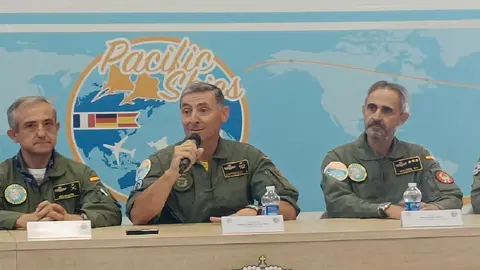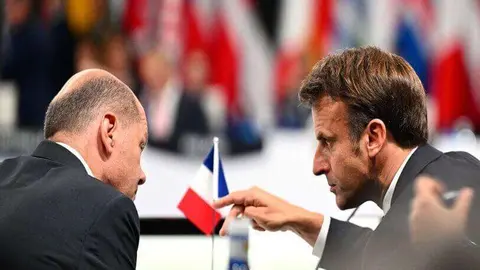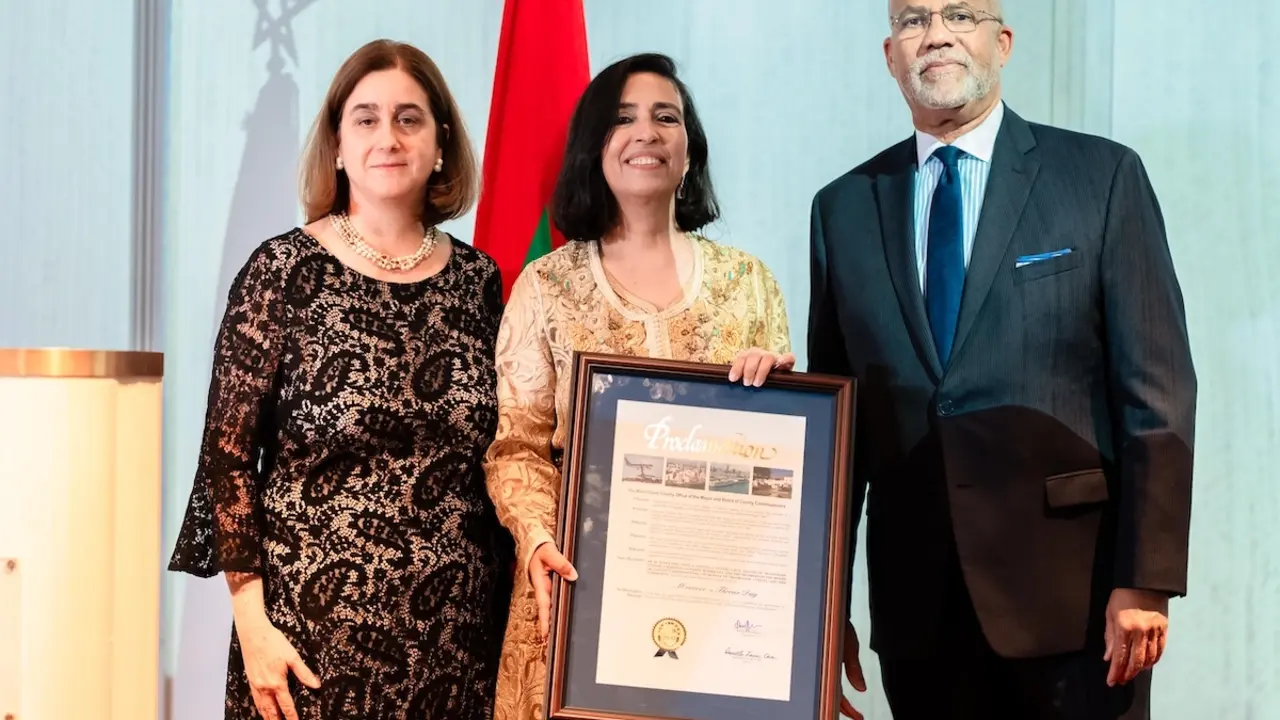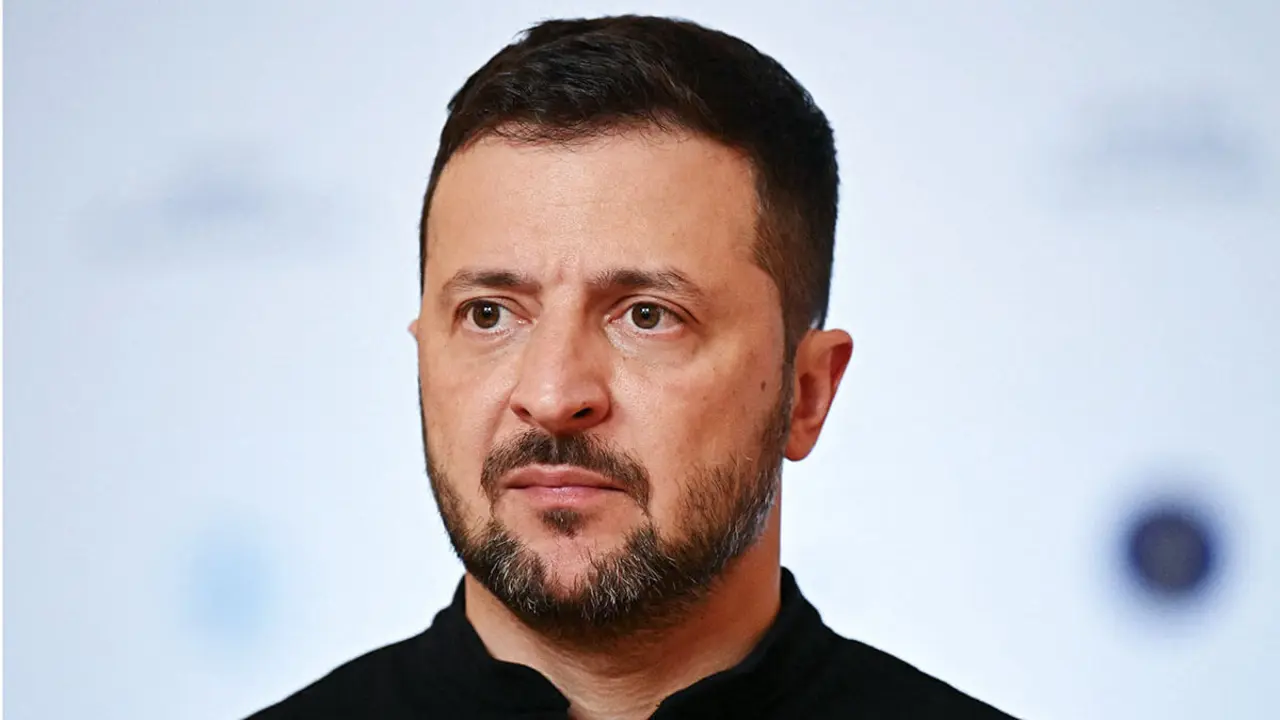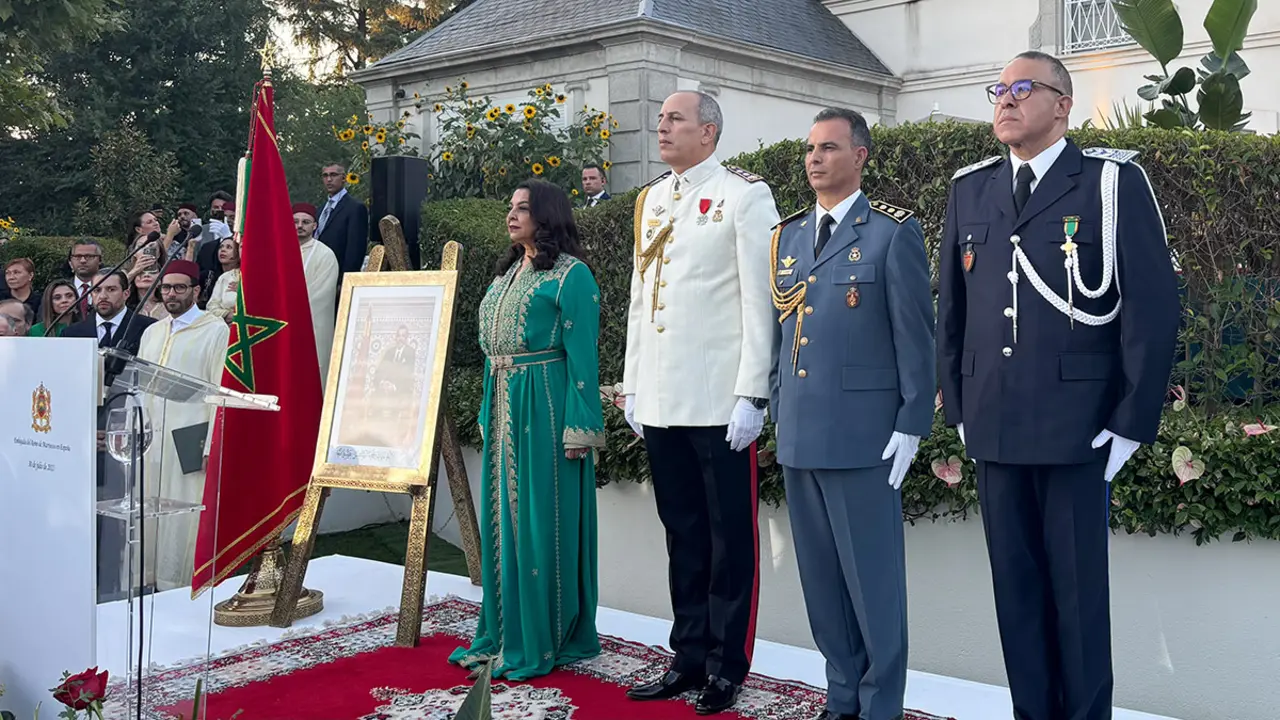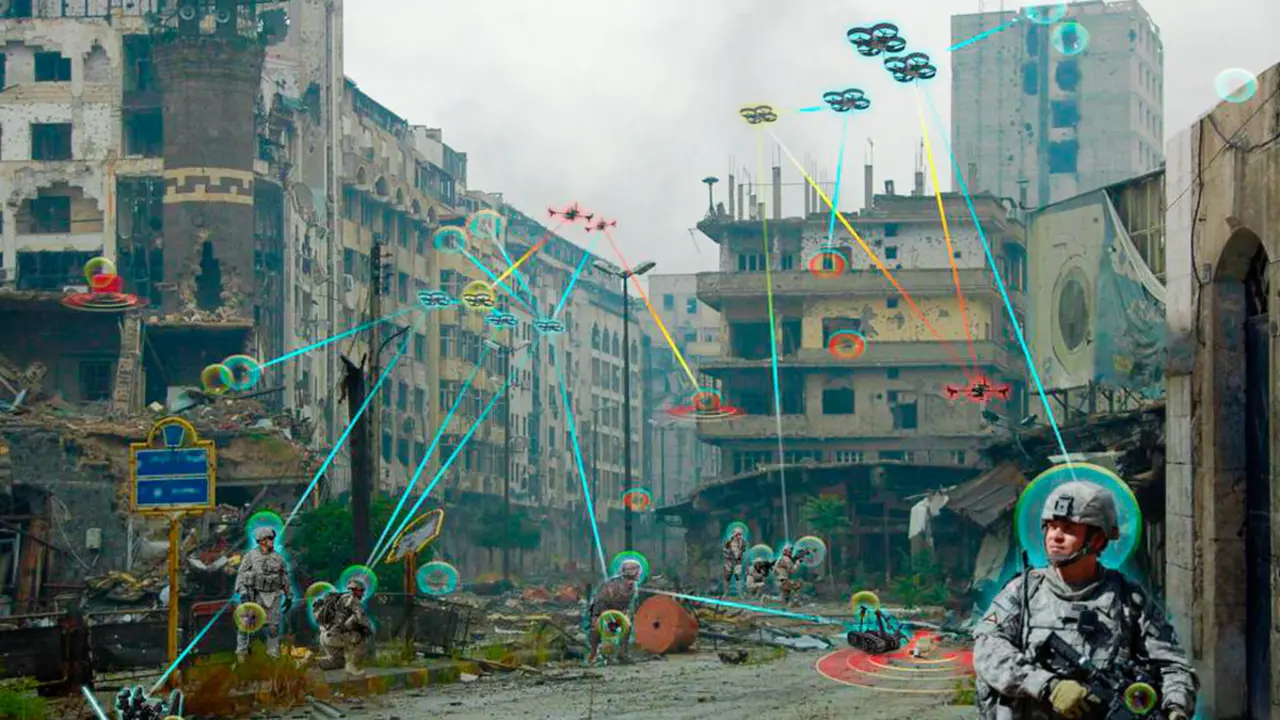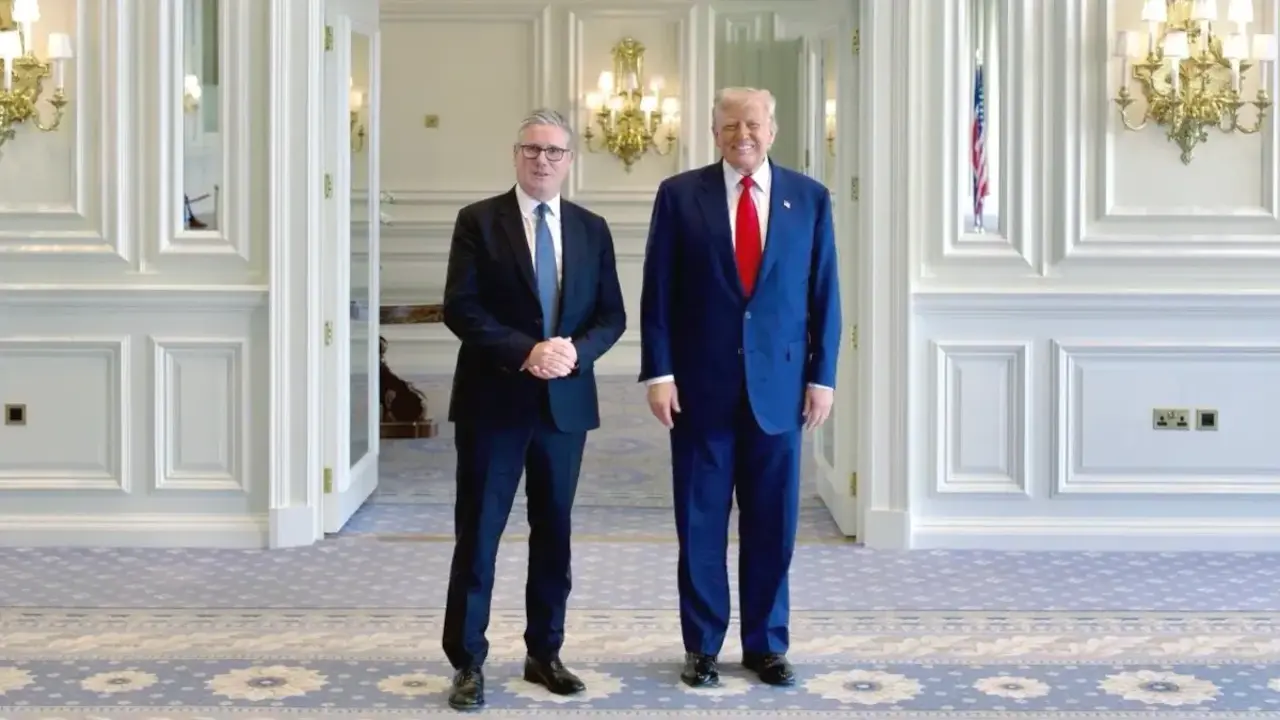Spain, Germany and France demonstrate their ability to project an Air Force over the Indo-Pacific

Mission accomplished! The Spanish Air and Space Army has just taken stock of its first participation in Pacific Skies 2024, a multinational air exercise that has demonstrated to all and sundry the capabilities of Germany, Spain and France to project a joint air force on the Indo-Pacific stage.
The inaugural presence of a Spanish military aeronautical contingent in Pacific Skies 2024 has required the formation of an Air Expeditionary Group called Plus Ultra, which has circled the globe to take part in simulated double action combat in scenarios as different and as far apart as the polar Alaska, the desert of Australia and the tropical India, leaving China and Russia on either side of its flight path.
The Pacific Skies 2024 deployment is of such importance that King Felipe VI is scheduled to receive in audience at the Royal Court in Madrid on Tuesday, 10 September, a commission of the participating aviators who, according to a statement from the Royal Court ‘have accomplished one of the greatest challenges in the history of the Air Force and Space (...) by flying around the world for the first time’.
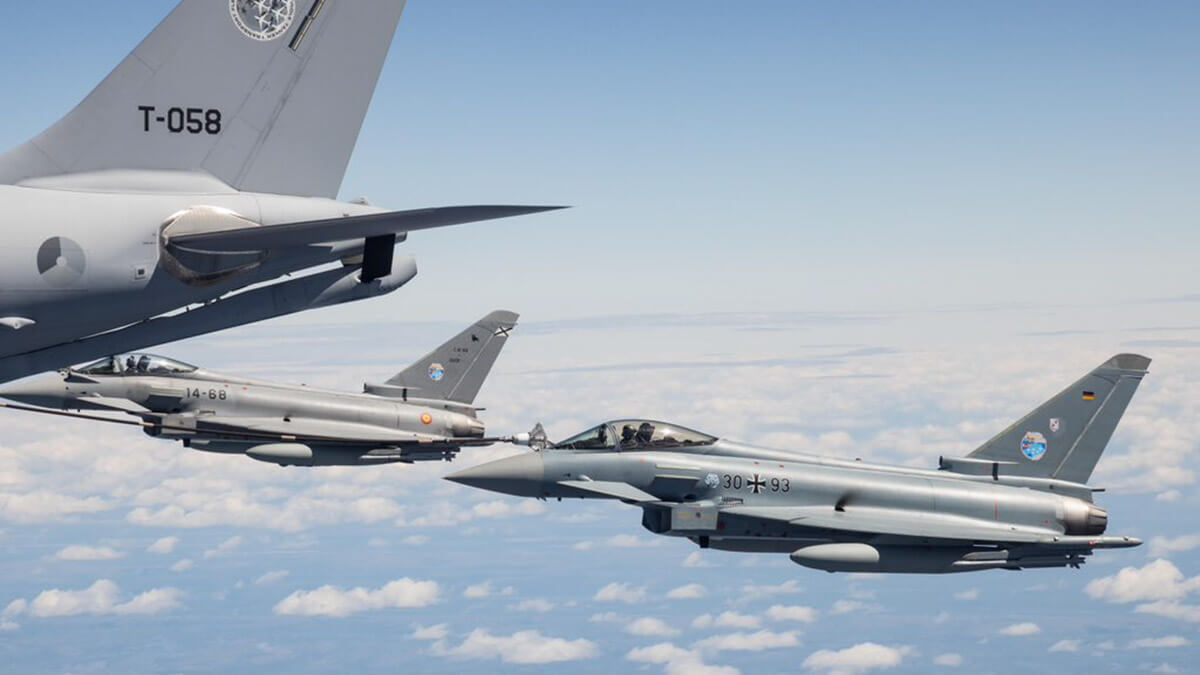
Pacific Skies 2024 is the last major project approved and activated by the recently relieved General Javier Salto, who has been in charge of the destinies of the Spanish aviators for more than seven years. It is also the first strategic challenge to be completed under the responsibility of the new Chief of Staff of the Air and Space Army, General Francisco Braco, who took up the post on 25 July after leaving the post of Chief of the Defence Staff Operations Command.
The 2024 Plus Ultra Group consisted of seven aircraft: four Eurofighter Typhoon fighters - two from the 11th Wing based in Morón de la Frontera (Seville) and another two from the 14th Wing in Albacete -, two A400M tactical transport aircraft from the 31st Wing stationed in Zaragoza and another A330 strategic transport aircraft from the 45th Group deployed in Torrejón (Madrid). With them, 240 airmen, including pilots, armourers, mechanics, as well as ground, administrative and health personnel, the latter from the Air Deployment Support Squadron.
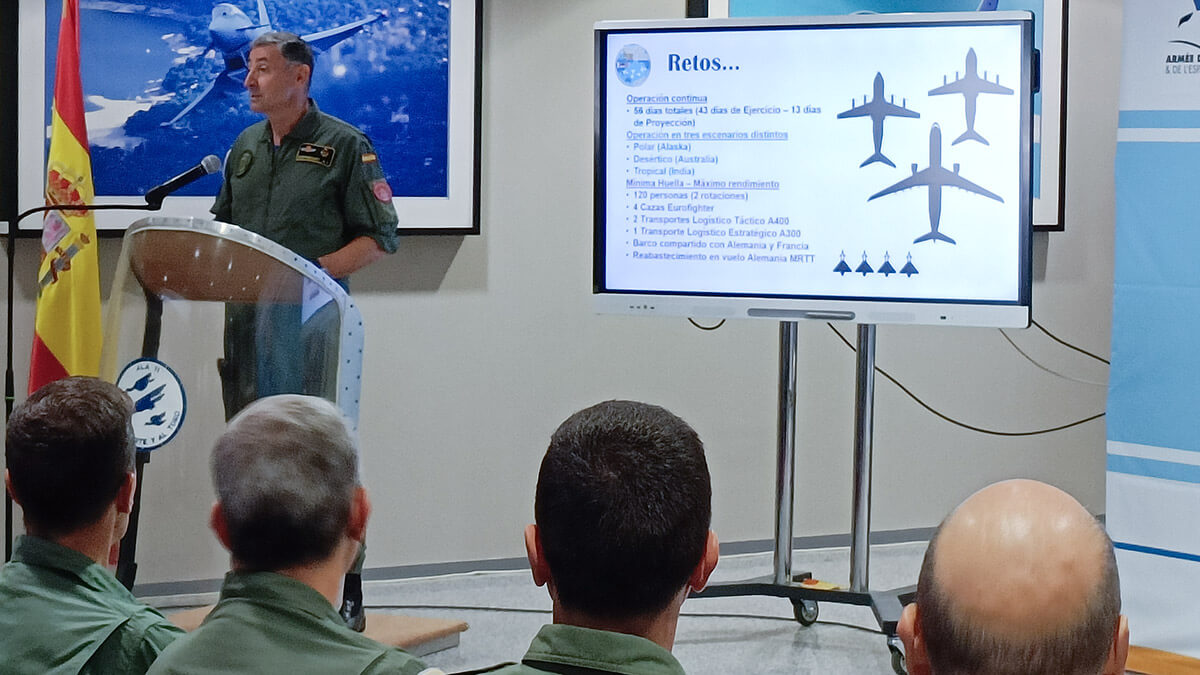
Problems encountered and solved
The new head of the Spanish airmen, General Braco, led a briefing at the Morón de la Frontera air base (Seville), in which the members of the operation had the opportunity to detail their most important milestones, incidents and anecdotes during a journey of nearly half a million kilometres, from 26 June to 15 August. In this period ‘they have flown over 24 countries on four continents, with logistical stops in Japan, the Philippines, Malaysia and New Zealand’, the new JEMA highlights.
In 55 days around the world, the Spanish airmen had to ‘weather storms and monsoon winds and make jumps between airfields lasting more than six hours’, and then carry out risky evasion and attack manoeuvres in the three multinational exercises in which they were involved: the Arctic Defender exercise (Alaska) with live fire; Pitch Black (Australia) and Tarang Shakti (India).
It was ‘an extraordinary opportunity to demonstrate the interoperability between the Spanish, French and German Air Forces and to prove that our airmen are true professionals, highly committed and highly specialised,’ emphasised General Braco. In total, around 1,800 military personnel from the three nations and more than 40 combat, transport and air-to-air refuelling aircraft took part in Pacific Skies 2024.

JEMA was the first to expose the problem that arose on a Eurofighter from the 14th Wing when, upon landing in Alaska, ‘mechanics discovered that a bird had become embedded in one of its two engines’, which had caused damage to the powerplant and required replacement. ‘We fitted a German engine, which has now been returned’.
The head of Air Combat Command, Lieutenant General Francisco González-Espresati, explained that the Logistics Support Command had ‘pre-positioned an EJ200 engine in Australia, but the failure occurred in Alaska’. Fortunately, coordination between German and Spanish airmen had arranged for the Luftwaffe to have an engine at Eielson Air Base in Alaska. The change also required reconfiguring the Spanish aircraft's Digital Control Unit (DECMU) software parameters, which affect turbine performance.
It was not the only problem on a Eurofighter. After refuelling in flight, the retractable hanger of another fighter in mid-air did not obey the digital signals to retract and hide inside the aircraft. As this was a minor anomaly, the fighter continued to fly until it landed and ground technicians resolved the issue.
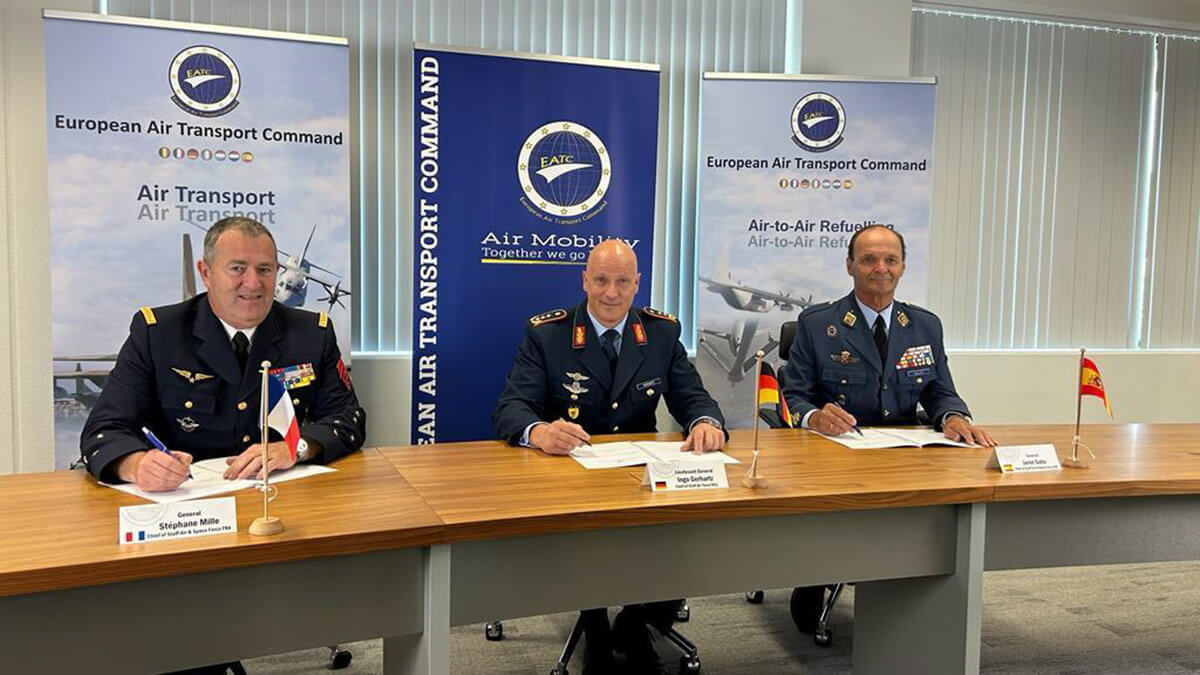
Demonstrating the high performance of the Eurofighter
Apart from the aforementioned anomalies, the pilots, for example, Wing Commander Fernando Rojas of Wing 11, emphasised that the Typhoon ‘behaved excellently and was able to adapt to overflights with poor visibility and without ground references, as in the case of Australia’. It also demonstrated its reliability ‘in extreme situations, such as in simulated combat with the Sukhoi Su-30 MKI of the Indian Air Force’.
The presence for the first time of the national air force at the Sulur air base in the south of the Asian country to take part in the Tarang Shakti international air exercise - the most important of all those organised by the Indian Air Force - has allowed the Spanish airmen to learn the tactics and procedures of the Indian pilots in their attack and close combat manoeuvres with simulated air-to-air weaponry.
For the first time, the Spanish fighters have had the opportunity to face two-seater Sukhoi Su-30 MKI fighters, a twin-engine air superiority aircraft developed by the Russian company Sukhoi under Indian Air Force specifications. But the vast majority of its more than 250 aircraft have been manufactured in India by Hindustan Aeronautics Ltd. (HAL), India's leading aeronautics company.
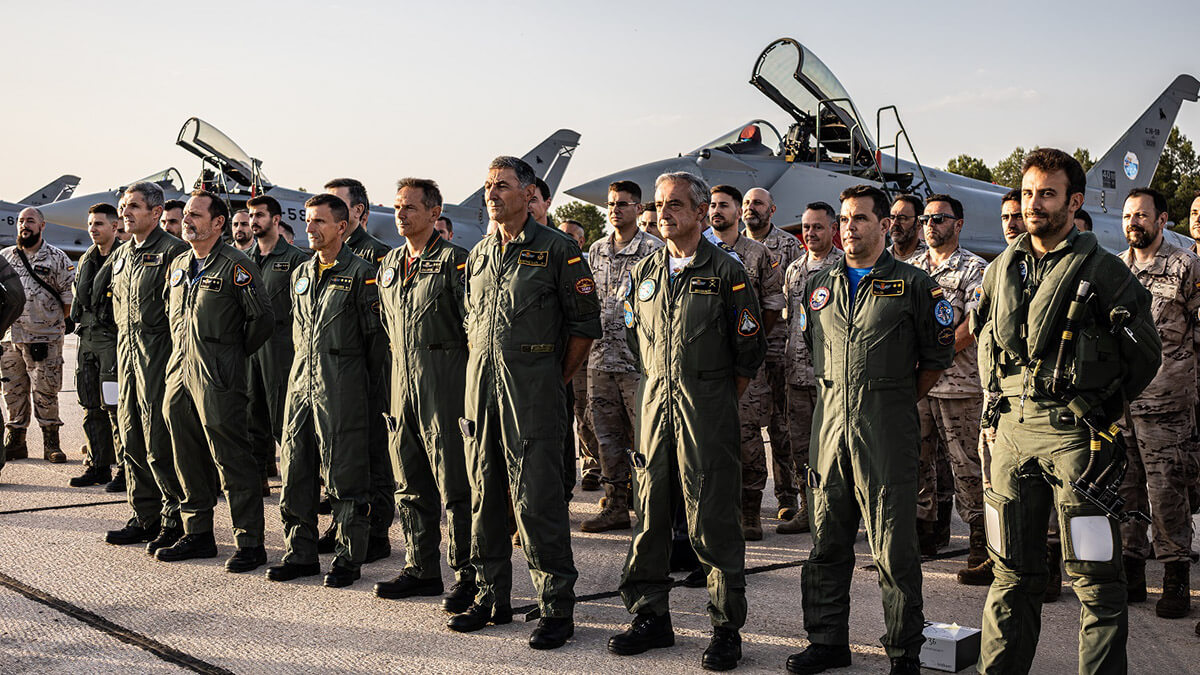
The common objective of the three countries in planning and executing Pacific Skies 2024 was to ‘improve interoperability’ and strengthen cooperation with the nations of the Indo-Pacific with which, according to General González-Espresati, ‘militarily we have had little presence, both the air force, the army and the navy. ‘And we have fulfilled this’. For example, it was the first time that Spanish military aircraft landed at an air base in Japan (Chitose).
The second trinational objective was to take advantage of the occasion ‘to give a boost to the European defence industry’. The head of MACOM stressed that Germany, Spain and France ‘form the community of the future European fighter aircraft, so we wanted to send the message that we are capable of thinking together so that the FCAS can move forward’. However, none of the directors of the Spanish Association of Defence, Security, Aeronautics and Space Technology Companies (TEDAE) or its associated companies were present at any of the exercise scenarios.
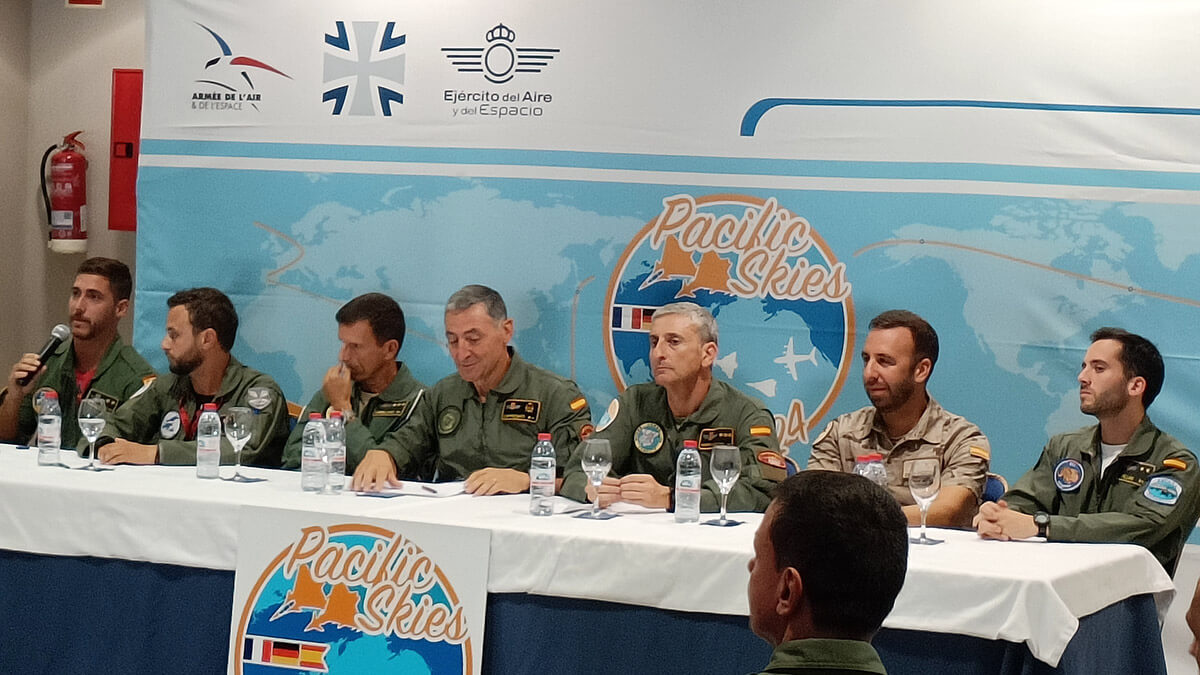
This was not the case in Germany. Germany's Defence Minister Boris Pistorius and a group of parliamentarians and businessmen from the German defence industry were present at the Luftwaffe contingent in early August. French arms industry executives were also present. The manufacturer Dassault Aviation is finalising the sale of 26 Rafale fighters in naval version to equip the New Delhi Navy's aircraft carriers INS Vikrant and Vikramaditya.


